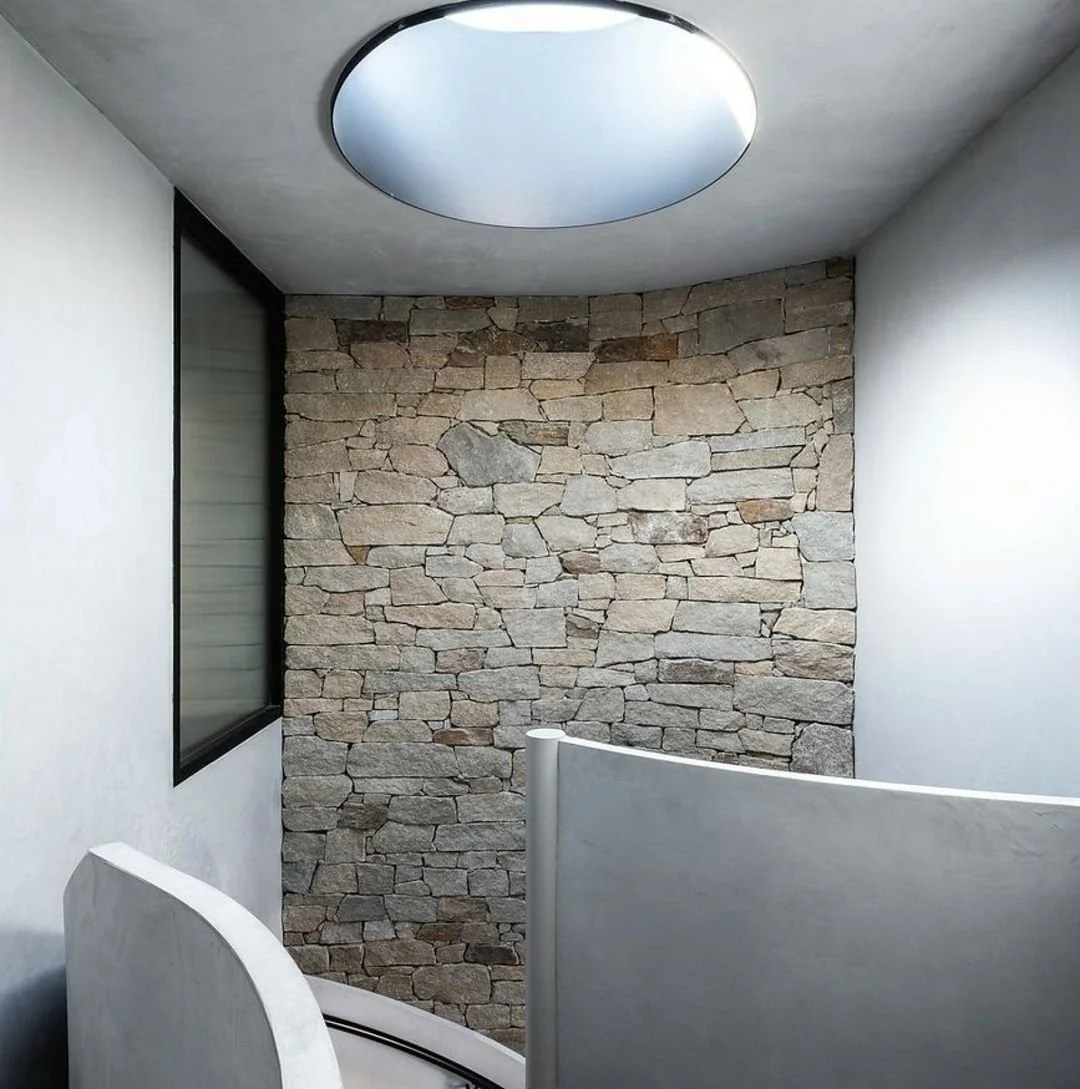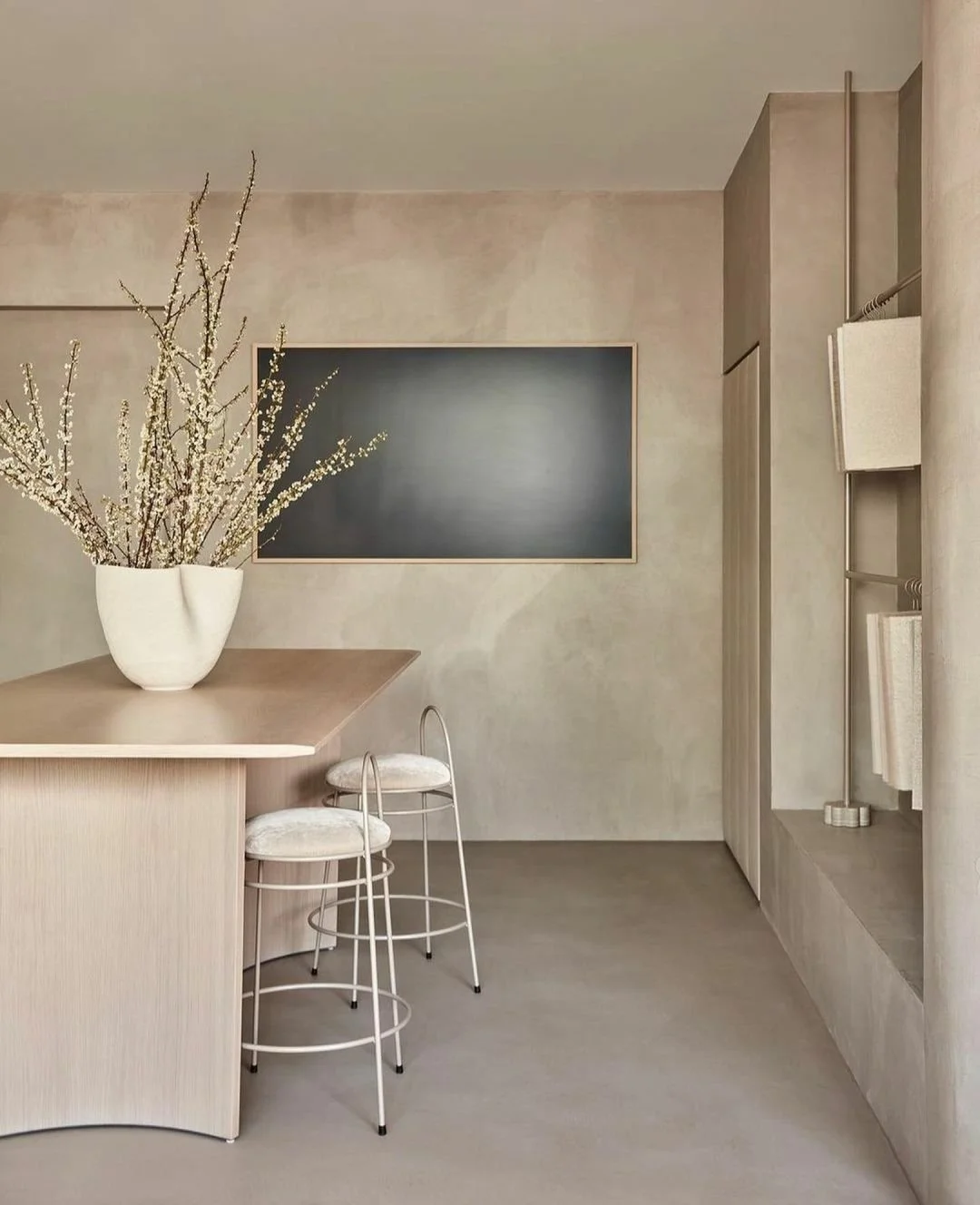The Cost of Microcement: X-Bond Microcement Pricing 2024
Are you considering microcement for your residential, commercial, hospitality, or retail project? You might find the following article helpful.
In this blog post, we’ll supply some key information on:
Microcement price
The factors that influence how much Microcement costs
How you can get a custom Microcement quote for your project
While we’ll do our best to provide pricing estimates, it’s always best to reach out to an installer directly with your project details for quotes.
Read on for information on the costs of installing our X-Bond Microcement.
Microcement Price
How much does microcement cost per m2?
There’s no set price per square metre of our X-Bond Microcement overlay. Every job is priced individually based on a range of factors including project size, area of application, and overall intricacy — making it difficult to provide a fixed estimate. Based on a job with a minimum of 100 square metres over concrete, the supply and installation cost of high-quality microcement finishes typically starts from $200 + GST per m2 for floors, $250 + GST per m2 for wall installations and $500 + GST per m2 for joinery.
However as mentioned above, the final quote will change based on various factors.
When providing a quote, an installer will consider:
Total square metre coverage of the area
The substrate that the microcement will be applied over
Area of the microcement application e.g. floors, walls, ceilings, or joinery
Intricacy of the job
Site location
How does project size impact expenses?
Microcement overlays are hand-troweled on-site by trained installers. Products like X-Bond typically require 4 days for completion, whether it's a 5m2, 20m2, 50m2, or 100m2 installation. As a result, smaller projects incur a higher cost per square metre, while larger areas actually tend to be more cost-effective on a per-square-metre basis.
Which substrates are more expensive?
Microcement toppings are applied over existing hard substrates. The type of substrate impacts installation costs due to the different preparation requirements for each surface.
For instance, there’s minimal preparation required for concrete resurfacing with microcement. On the other hand, wet areas, bathrooms or installations over sheeting may require a protective base coat like Liquid Membrane for waterproofing and anti-fracture measures. The same applies to installations over tiles, where additional preparation ensures a smooth and even surface ready for X-Bond Microcement.
Ultimately, resurfacing with a microcement overlay will still come out cheaper than demolishing an existing substrate.
How does the area of application impact the price?
X-Bond Microcement is suitable for use on floors, walls, joinery, ceilings and more — both internally and externally. Each area of application will have differing levels of preparation and intricacy, which installers will take into consideration when quoting.
Small, detailed areas such as showers, niches, or joinery pieces require more intricate workmanship and therefore have increased installation time and costs.
How can I get a quote for microcement installation?
To receive a price quote for our X-Bond Microcement, reach out to a trained installer in your area and provide the following information:
Project Location
Areas of application
Copy of drawings/plans illustrating where X-Bond is required. If drawings or plans are unavailable, you can send a photo of the area with measurements/square metres.
Specify the substrate over which X-Bond would be applied.


